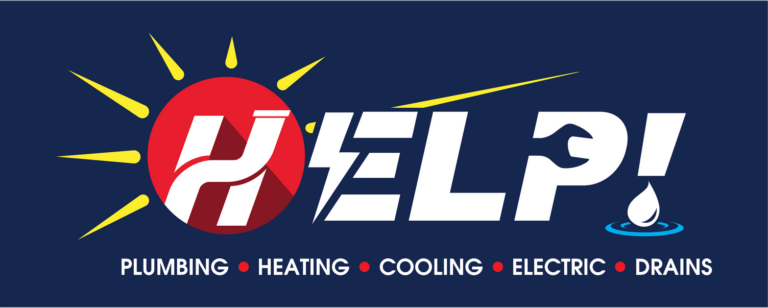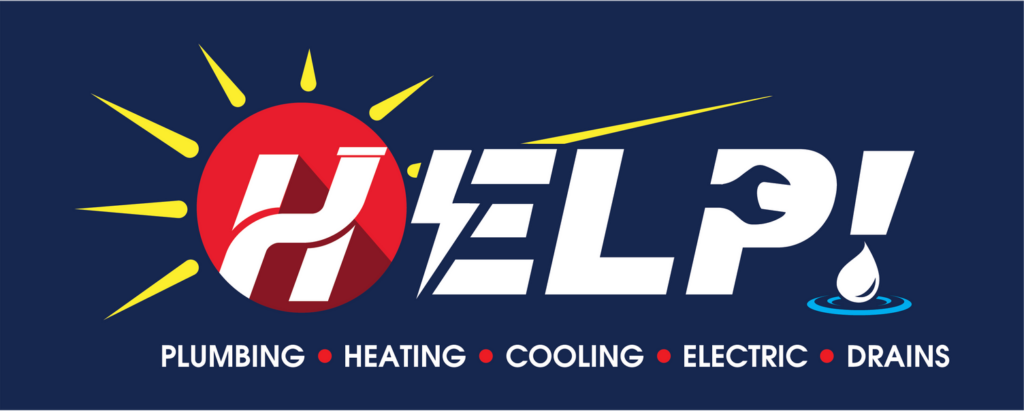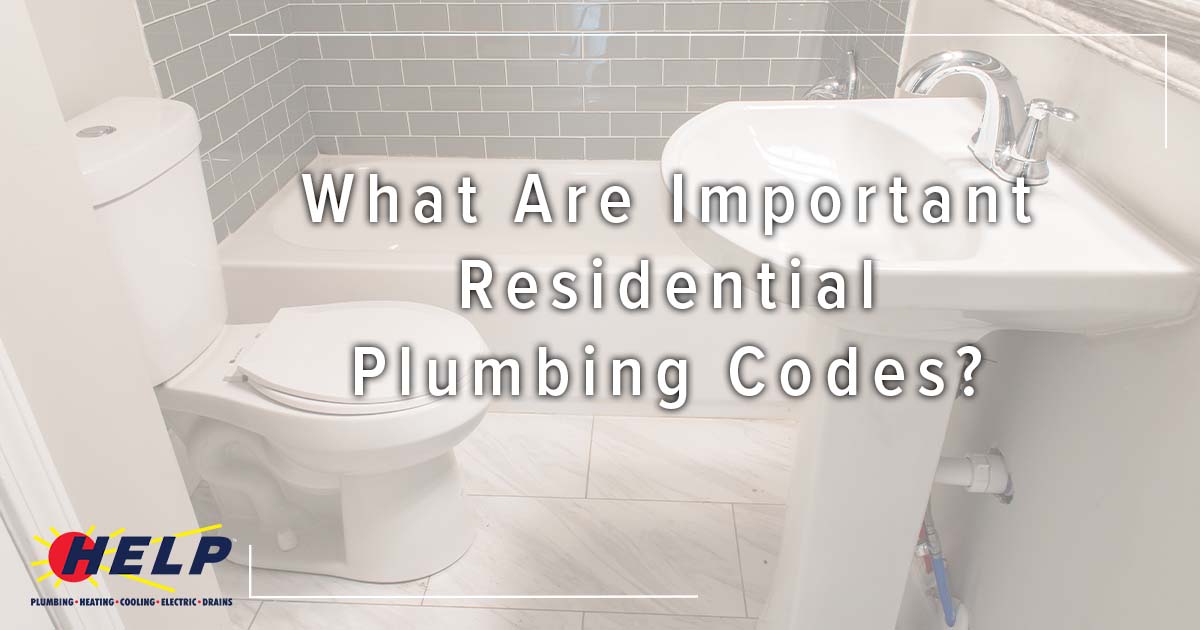
We’ve all experienced the joy of broken plumbing in our homes at one point or another. Whether it’s the kitchen sink or yard tap, fixing the pipes may seem like a simple DIY job, but if you don’t adhere to the plumbing codes, you could be in trouble. Follow this advice to ensure you don’t end up with an unexpected fine or plumbing disaster.
Always look at the National Uniform Plumbing Code
The National Uniform Plumbing Code (NUPC) is the plumbing code that all states must use. It’s a set of standards that state and local governments can adopt to help ensure their citizens’ health, safety, and welfare.
Drainpipes Should Slope Correctly
The plumbing code requires that all plumbing fixtures be connected to the drainage system using a sloping pipe. The slope of the drainpipe must be at least 1/4 inch per foot. This means that if the drainpipe is 8 feet long, it must slope upward at least 2 inches. Check with a professional plumber for more information.
Install Cleanouts
Cleanouts protect against leaks and other problems in your plumbing system, especially if they’re located near where people live or work. If there’s ever a leaky or clogged pipe inside your home or business, having an easy way to get into those pipes can prevent costly damage.
Avoid Cutting Notches in Joists
Notches in joists are not only ugly but can lead to sagging floors, bulging walls, and other problems. Notches should never be cut for plumbing or electrical work.
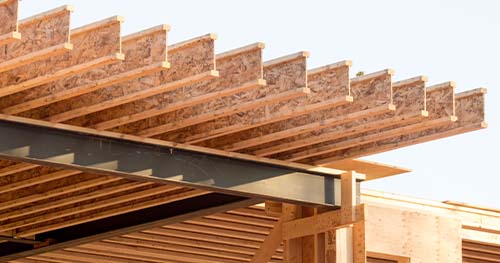
Cutting notches in joists weakens them significantly. As a result, they will not be able to support as much weight as they were designed for before the notch was cut out.
Make Sure You Have the Right Size of Fittings and Pipes
A well-functioning drainage system is an important aspect of your home. You need a big enough drain to handle all the water that flows through it, but not too big that it becomes clogged with debris. The plumbing codes set out the correct pipe sizes for different plumbing systems in your home.
Use the Right Pipe Material
The plumbing code regulations say copper pipes are preferred for water supply, waste, and venting systems.
PVC pipe is allowed for drain, waste, and venting systems. The code also allows for plastic piping to be used for certain other applications, including –
- Hot and cold domestic water service piping.
- Plumbing fixture units.
- Sanitary drainage systems.
Have Adequate Water Pressure
The plumbing code for most areas requires that the home’s minimum pressure be at least 40 pounds per square inch (PSI).
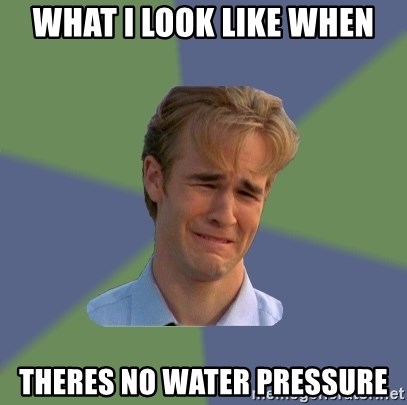
If you have low water pressure and are unsure what’s causing it, fix one problem at a time until your water flows freely throughout the house. This will help you identify where the problem lies — inside the house or outside — and prevent further damage to your plumbing system.
Proper Venting
Venting is necessary because some types of gasses are released by the water flowing through your pipes. Although these gasses are harmless when they evaporate into the air outside, if they remain inside your home, they can cause serious health problems for you and your family.
Proper Fixture Placement and Spacing
Plumbing fixtures such as toilets and showers should never be placed too close together because they could cause significant problems with water drainage and waste disposal.
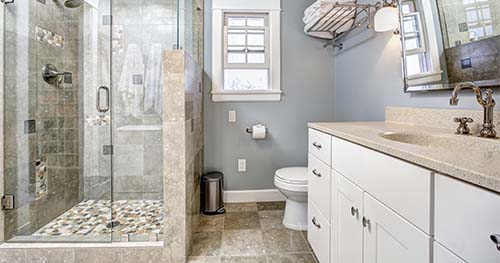
When installing multiple sinks or toilets in one room, make sure that each sink or toilet has its own drainage pipe so that wastewater can easily travel from one fixture to another without any problems.
Don’t Forget to Maintain the Structure of the Building
Plumbing fixtures must be installed properly so that they do not cause damage to the structure of your house or building. Plumbing fixtures are not just decorative items but also serve a very important function in keeping your home running smoothly and fire hazard free.
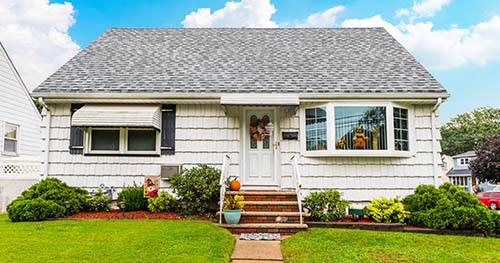
Showers, toilets, and baths add weight to the joists and beams in your home. Without careful planning, this weight can add too much strain to the house’s structure. Always check with an experienced construction company and plumber before completing major work on your home.
Unsure about the plumbing codes for your home? Contact our Cincinnati plumbing experts for an overview of the rules and regulations for your area.

